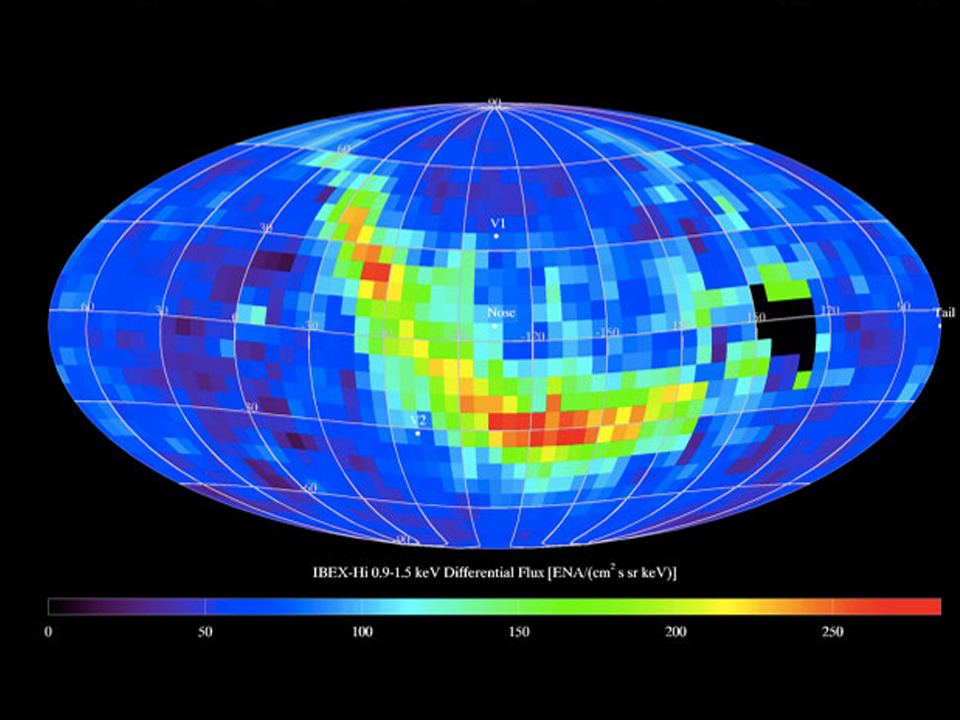Electric vehicles. The topic is trending, and with more than 13 million results in a single internet search, it seems to be what everyone is talking about… including NASA.
But NASA researchers aren’t just talking about the topic – they’re diligently working to improve and advance the technology electric aircraft use in order to make them energy efficient and worthwhile.
“As the country, and the world, moves away from fossil fuels and toward renewable sources like solar cells and electric cars, the efficiency of power conversion will become a major issue,” said Randy Bowman, head of a new, cutting-edge Magnetic Material Fabrication and Characterization Lab at NASA Glenn Research Center.
With a newly-acquired magnetic material caster, the Magnetic Materials Lab allows researchers to create custom alloy magnetic ribbons as large as one mile long and 50 mm wide. This ribbon can then be used to manufacture parts that generate or transform electrical power more efficiently and at a larger scale than ever before.
This large-scale caster is the largest in the nation for conducting magnetic material research – providing NASA Glenn and its partners with the capability of producing materials large enough to move out of the lab and into commercial use.
“Although magnetic materials have been produced and studied in the past, the size and quantity of the material was too small to use in full-scale applications; like solar cells or electric cars,” said Bowman.
This new casting capability allows researchers to customize the metallic makeup of a magnetic ribbon, produce a large-scale version of it and use it exactly as it applies to their subjects of research, projects or full-scale tests.
“We have the ability to alter the magnetic properties so as to tailor their properties to match the unique requirements of each specific application,” said Bowman. “For example, some applications want the material to be easily magnetized while others want it to be difficult.”
The applications don’t stop with electric aircraft.
According to Bowman, a group of researchers are testing these materials to convert the power generated by solar cells into a form that can be smoothly integrated into the national power grid system and easily managed with little to no electrical variations or disruptions.
The possibilities are endless.
“Several visitors have stated that we have the best magnetics lab in the country,” said Bowman. “It’s hard to quantify statements like that, but I do think it is safe to say we have one of the best.”





























